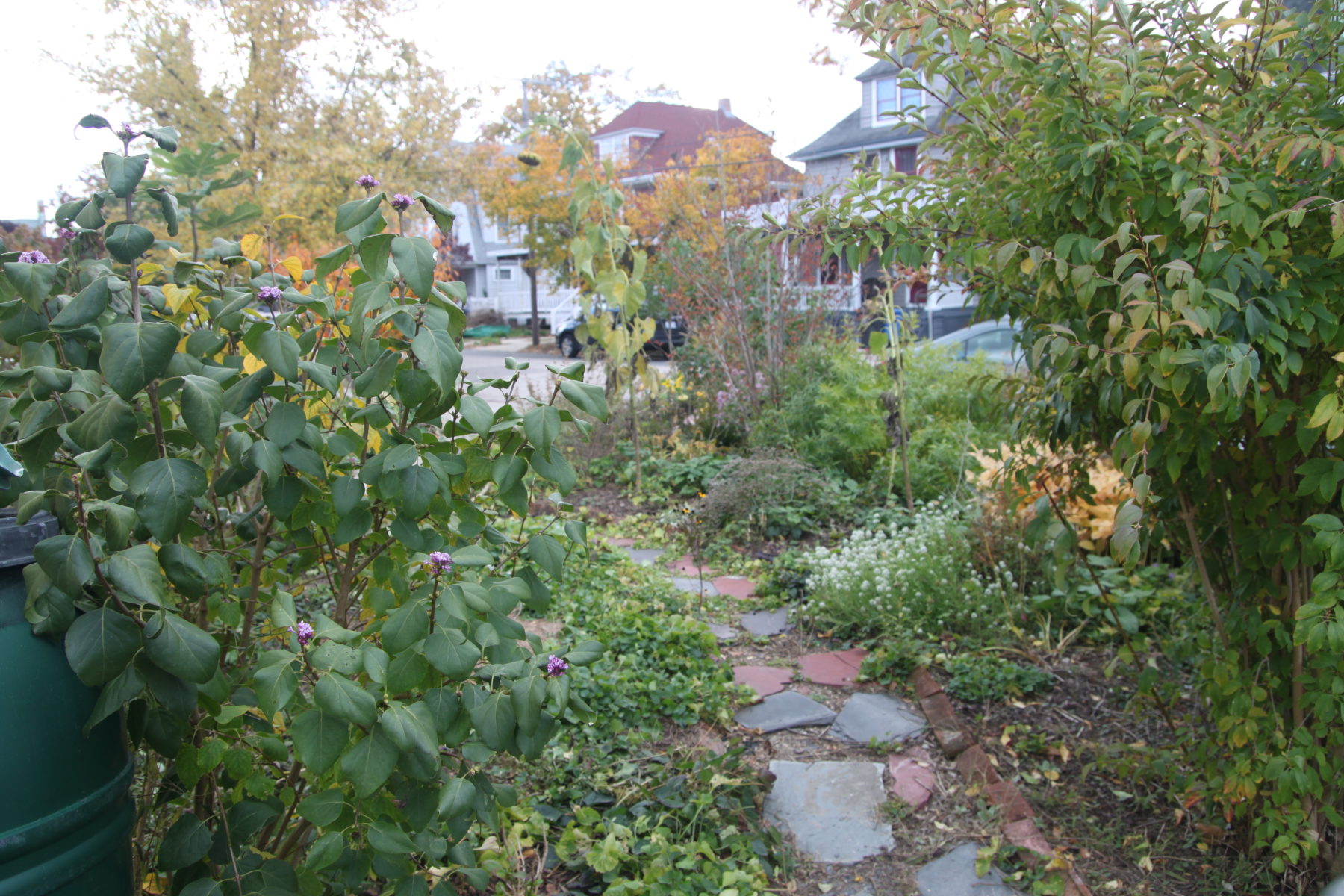Make Your Yard a Sponge…
…to soak up as much water a possible and prevent it from running off your lawn into streets and storm drains.
- DO direct runoff from your roof and driveway onto grass and planted areas.
- DO collect rainwater from your downspouts in rain barrels, and use this rainwater to water your yard and garden during drier summer months.
- DO create rain gardens to collect and filter rainwater.
- DO keep your lawn at least 3″ high to reduce runoff and soil evaporation
- DO use pervious, or porous, materials, such as pavers, for driveways and walkways.







 The Water Reporter App is the perfect way to let Save The Bay know when there’s a problem in our local waters. You can be our eyes and noses across the watershed. So if you see or smell anything that might be pollution, snap a photo, write a caption and send it to us on
The Water Reporter App is the perfect way to let Save The Bay know when there’s a problem in our local waters. You can be our eyes and noses across the watershed. So if you see or smell anything that might be pollution, snap a photo, write a caption and send it to us on  The Clean Swell App lets volunteers upload important cleanup data in real-time to the world’s largest marine debris database. This database is used by scientists, conservation groups, governments and industry leaders to study ocean trash and take action to ensure trash never reaches our beaches.
The Clean Swell App lets volunteers upload important cleanup data in real-time to the world’s largest marine debris database. This database is used by scientists, conservation groups, governments and industry leaders to study ocean trash and take action to ensure trash never reaches our beaches.